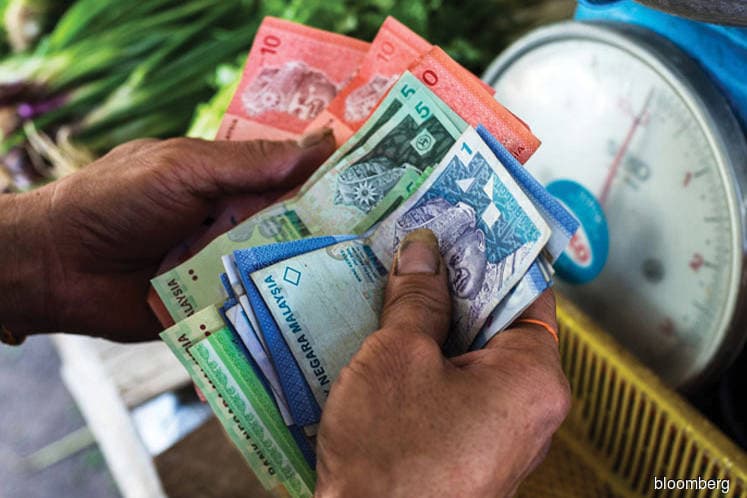
KUALA LUMPUR (March 28): Malaysia's household debt continues to moderate, declining to 84.3% of GDP in 2017 from 88.4% in 2016. However, Bank Negara Malaysia remains cautious about levels of indebtedness, especially among certain segments, including individuals who earn less than RM3,000 a month as they account for a fifth of total household debt but do not have adequate financial buffers.
With liquid financial assets (LFA) making up 69% of Malaysian household financial assets, Bank Negara said it is assumed that an individual borrower would only have sufficient financial buffers if the individual's LFA is more than total debt.
In its 2017 Annual Report, the central bank observed: "Individuals with monthly earnings of less than RM3,000 have an LFA (liquid financial assets) cover of less than one time (0.6 times) of their outstanding debt."
Its studies also found that a large portion of the debt-at-risk are borrowers with a monthly income of RM3,000 to RM5,000, as the income group has the largest number of borrowers with negative financial margin. "Borrowers in this income group have larger exposure to motor vehicle loans (22%) and personal financing (30%) and are within the younger age bracket."
Borrowers aged between 30 and 40 were also seen to be the most likely to be affected due to relatively higher debt and expenditure obligations compared to other age groups.
"Over an individual's lifetime, debt levels typically peak during the middle-age years in line with debt acquired to smooth consumption or invest in real assets, in anticipation of higher future income," said Bank Negara.
As a result, thinner financial margins limit the ability to absorb any sudden increase in the cost of living compared to other age groups.
The Credit Counselling and Debt Management Agency through its Debt Management Programme revealed that an increasing trend of borrowers is in this age group because of poor financial management and planning.
The report also noted that the impact of a higher cost of living is lower compared to an income shock and that this largely affects those living in urban areas who are subject to higher living expenses.
Malaysia's household debt growth has been moderating for seven consecutive years to 4.9% as at end-2017 after peaking in 2010 at 14.2%. The slower pace follows a series of cooling measures implemented by the authorities since 2010.